Pu-erh tea improves with age, but it doesn't mean it will taste better indefinitely. Mr. Deng Shihai mentioned that the aging lifespan of Pu-erh tea is debated—whether it's sixty or a hundred years—but the Palace's Golden Melon Tribute Tea, aged 100-200 years, now has "color in the broth but a thin, faded flavor."
This shows that if we extend the storage time, Pu-erh tea doesn't infinitely "improve with age."
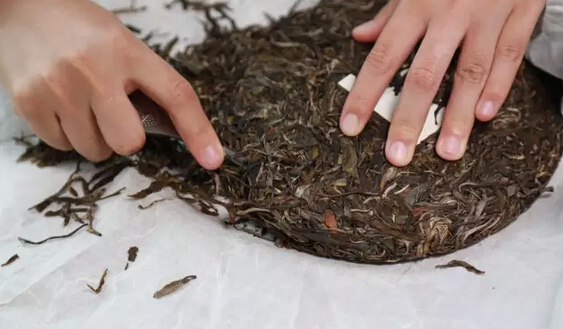
So, how many years of aging makes Pu-erh tea taste good?
This is subjective. Each aging stage of Pu-erh tea has unique flavor characteristics and health benefits. Below, we share the features of Pu-erh tea at different aging stages so tea lovers can choose based on their preferences and health needs.
Taking Kunming dry-stored raw Pu-erh as an example, raw tea has four drinking stages:
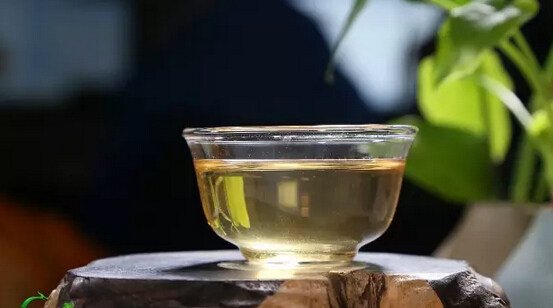
First stage: Three months after production. For example, spring tea pressed and stored for 2-3 months. At this stage, the tea is fresh, with strong and sharp characteristics, like a bold youth. The flavor is a mix of astringency and richness, with high, vibrant aromas. This stage is best for occasional tasting or collection, waiting for further aging.
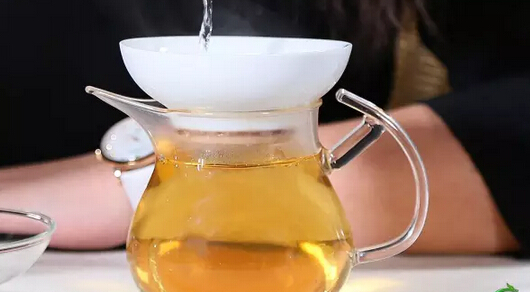
Second stage: One year later. The "watery" taste fades, and the tea stabilizes, with increased depth and fewer flaws. The cooling property diminishes slightly. Drinking it 30 minutes after meals aids digestion and reduces internal heat.
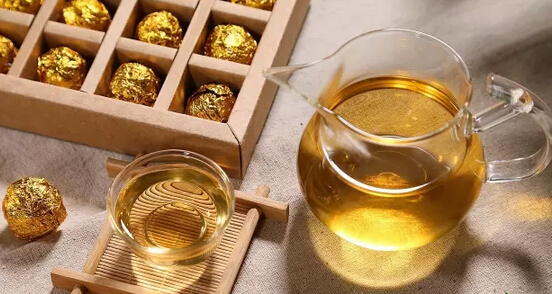
Third stage: Seven years later. Aged flavors emerge, and aromas transform unpredictably—floral notes may turn fruity or honeyed. Tea becomes milder, with noticeable stomach-nourishing effects.
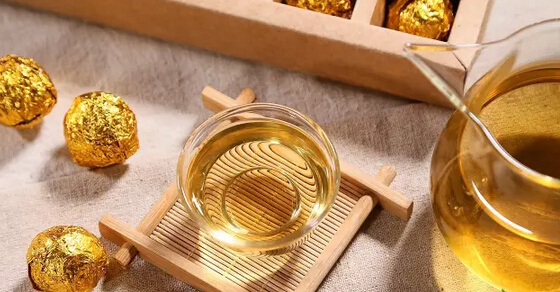
Fourth stage: Twenty years later. This stage is rare and precious. The tea develops rich aromas like medicinal, camphor, or ginseng notes, with smooth, mellow flavors and unparalleled health benefits, such as reducing blood pressure and nourishing the stomach. Such aged tea is a treasure to savor.
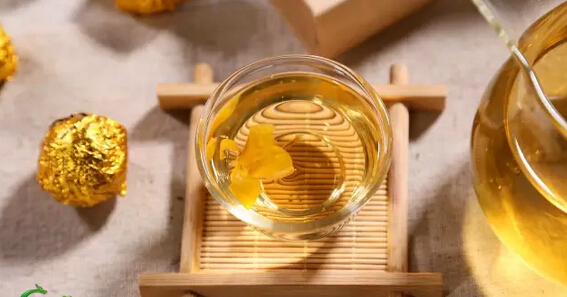
The aging years mentioned are based on Kunming's dry storage. Different climates may alter the pace, but dry storage remains the safest and best method. Tea enthusiasts should taste their stored tea every 1-2 years to monitor its transformation and adjust storage if needed.
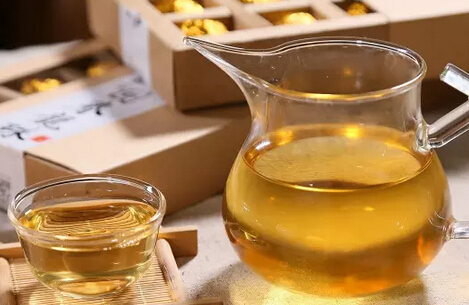
Ultimately, the ideal aging period depends on personal taste—some prefer fresh tea's sharpness, others aged tea's mellowness. The key prerequisites are good raw material, proper processing, and correct storage. Without these, no amount of aging will improve the tea.